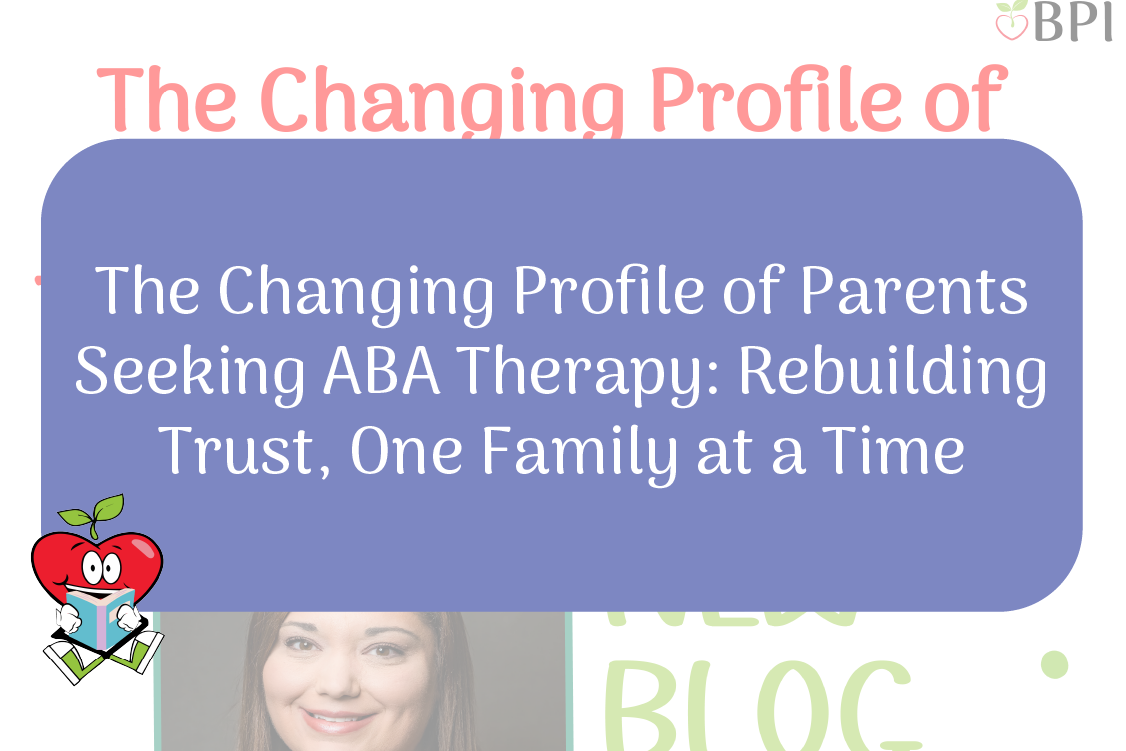Crafting an Autism-Friendly Halloween
Rachel Lazich
Halloween your way. Hey, I get it. Having an autistic child at Halloween comes with its hurdles.
As a mom of an autistic child myself, it has always been tricky to come up with ways for my child to enjoy this fun holiday his way.
While there may be different strategies that end up working for your family during Halloween, here are some starting points that have worked for us!
Preparation
It may not come as a surprise, but preparation goes a long way for experiences that are out of our ordinary routine.
We start the season early with visits to the local costume store.
During these visits, our intention is not to buy but to start introducing the concept that the holiday is coming and to have FUN!
This time can be particularly useful if your child is apprehensive about seeing people outside their regular clothes. We walk down the aisles, labeling all the costumes and highlighting that they are just costumes.
We also interact with all the animatronics and other decorations in the store, being sure to reassure him and talk about each item he is interested in in an exciting tone.
If there is an aisle that seems particularly interesting to him, we make sure to explore it. Keeping the trip fun and exciting means letting your child lead and engage with all of the items at the costume store.
Even though, at times, I feel like we are on a racetrack speeding from aisle to aisle, he seems to enjoy our early visits.
If the store is too crowded or loud, we simply cut the visit short. You can always try utilizing helpful tools like headphones or earmuffs if your little one prefers them to avoid being overly stimulated.
The goal is for this place and this season to be fun.
Costumes
This one is tricky, and our tactic has changed over time.
When he was little, his verbal abilities were very limited. During that time, he could not fully advocate for his ideal costume.
Instead, we would introduce items and characters from his most preferred things at the time, like cartoons, TV, or movie characters. Doing so helped us figure out what costume he may enjoy the most.
This tactic can be a starting point if your child is limited verbally or nonspeaking. It can be used with different preferred things as well, like music and toys.
Aside from knowing what costume he wanted to be, there were other factors to consider.
As he also struggled with potty training until the age of 4, it was important to find a costume that would accommodate accidents. The costume needed to be easy to put on and take off or allowed him to wear his own pants for ease if needed.
Think about which other factors need to be considered in your child’s costume once you do have an idea of what they would like to be. The other factor could be sensory, which was the case for us at another point in time.
A year later and potty trained, he could not tolerate tags on shirts or the feel of costumes. We pivoted our approach and instead found an awesome cosplay Blippi t-shirt on Etsy.
When the typical avenue did not work, we found a new solution. Be open to getting creative and thinking outside the box. Similarly, there will be times when you need to be open to not getting creative at all.
For a few years, he was the same superhero character. Initially, my knee-jerk reaction was to steer him to a new costume. I soon realized that was what I wanted, not him.
We have continued allowing him to dress up as the characters he wants to and found ways to accommodate his other needs.
It’s important to me that he gets to choose what he wants, and if he can muster up the words to share what he wants, it’s even better!
Practice
There is so much to remember to say at Halloween!
“Trick-or-treat,” when someone opens the door.
“Thank you!” when we are all done.
And, a cute little song we sing about tricks, treats, and smelling feet.
We took the path to streamline his communication since it is hard for him to verbalize what he wants to say. We went with simply saying, “Thank you.” Sometimes, that has even included saying “Bye.”
Try to find an option that works for your child. Whether it’s signing or you thanking the neighbor on their behalf.
Then there is rehearsing what we physically do when trick or treating.
We practice holding hands, walking on the sidewalk, and ringing the doorbell. We even practice not going inside a house when someone opens the door.
It’s also a good time to practice safety measures as well. Some neighborhoods might not have sidewalks, and knowing how to stay with a safe adult is important, especially during a crowded holiday like Halloween.
Also, take the time to practice the activities that may pose a challenge for your child.
Waiting for the candy is a big challenge during our trick-or-treating. We make sure to practice using our calm body and calm voice while we wait.
From time to time, if we can’t wait and just zoom off, that’s okay, too. I try to take the view that this might just be my child’s Halloween “trick” that he is extending to others.
Dump any expectation that this day will be perfect.
Prepare and practice whichever way you can, but then focus on the fun and joy of the unexpected. After all, isn’t that what Halloween is all about?







.png)